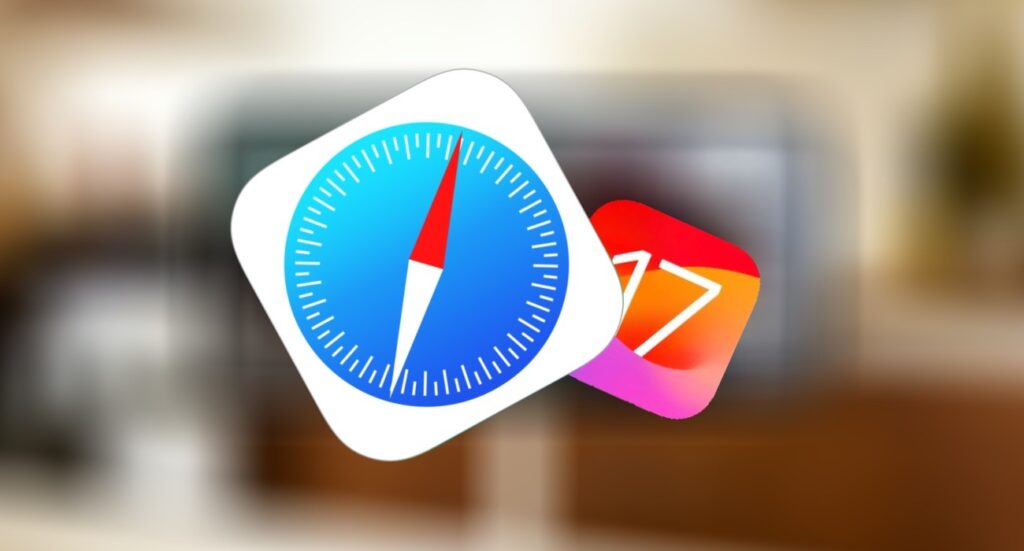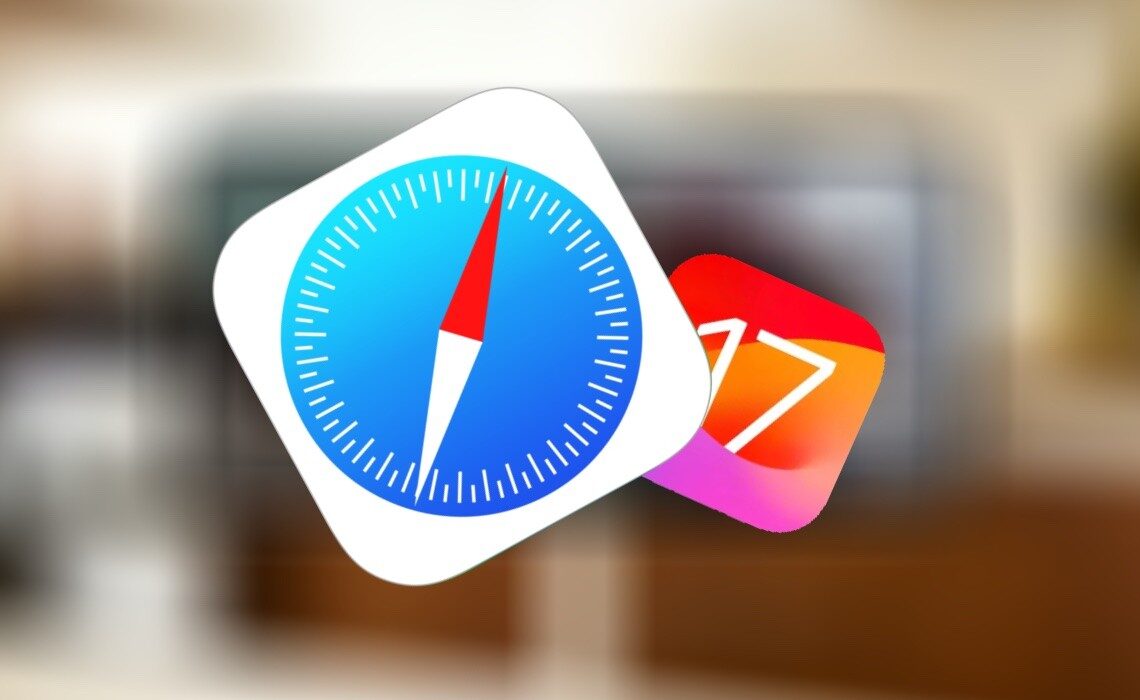
In a recent move that has the marketing world abuzz, Apple has rolled out ‘Link Tracking Protection’ across its Messages, Mail, and Safari apps. This new feature promises enhanced user privacy but leaves marketers wondering about its impact on tracking and analytics. Let’s break down the essentials and explore whether you should be hitting the panic button.
Understanding Link Tracking Protection
**1. What Is It?
Apple’s Link Tracking Protection is designed to prevent senders from knowing when an email is opened and blocking the automatic loading of remote content, such as images and tracking pixels.
**2. Where Does It Apply?
This protection is not limited to email; it extends to links shared in iMessages and clicked within Safari. This means a more comprehensive approach to user privacy across various Apple platforms.
The Impact on Marketers
**1. Email Marketing Challenges:
Marketers heavily relying on email campaigns for tracking engagement might face challenges. Traditional open-tracking methods may become less reliable, impacting metrics like open rates.
**2. Limited User Tracking:
With the prevention of loading remote content automatically, tracking tools that rely on these mechanisms may see a decrease in accuracy. Marketers might need to explore alternative tracking methods.
**3. Safari Browser Changes:
Safari users will experience changes in link tracking. If your analytics rely on Safari user data, it’s crucial to adapt to the new reality of limited tracking.
How Marketers Can Adapt
**1. Focus on First-Party Data:
With third-party tracking facing limitations, prioritize the collection and utilization of first-party data. Encourage users to willingly share data through transparent and valuable interactions.
**2. Leverage Contextual Targeting:
Shift towards contextual targeting strategies. Understand user behavior within your platform and use this information to tailor content and offers effectively.
**3. Engage in Permission-Based Marketing:
Build trust with your audience by embracing permission-based marketing. Clearly communicate the value of data sharing and ensure users feel in control of their privacy.
Should You Panic?
No Need for Panic:
While this change poses challenges, it doesn’t signal doomsday for marketers. It emphasizes the industry’s growing focus on user privacy. Adaptation and innovation will be key.
Opportunity for Innovation:
Instead of panicking, view this as an opportunity to innovate. Explore new ways to engage users, enhance user experiences, and build lasting relationships that aren’t solely reliant on tracking.
Conclusion: Navigating the Privacy Landscape
As Apple reinforces its commitment to user privacy, marketers must navigate this evolving landscape with resilience and adaptability. Embrace the challenge, explore new avenues, and continue delivering value to users while respecting their privacy. While the road ahead might be uncertain, it’s also an exciting opportunity for marketers to redefine their strategies and foster trust in a privacy-centric digital world.
